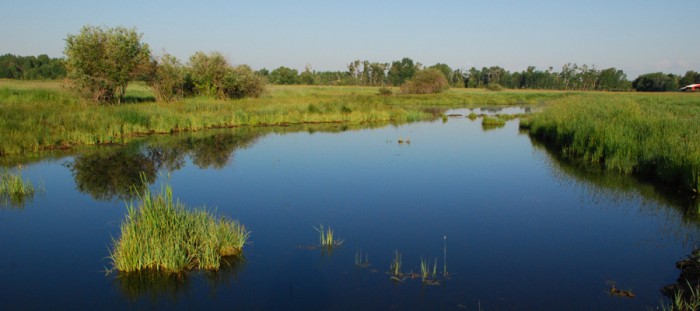FSC Affiliate Trout Headwaters Inc. recently posted the following.
At THI we work hard to raise awareness about the ecological value of wetlands. The ecological services wetlands provide, including water storage, water filtration, flood prevention, and aquatic habitat are becoming better understood and appreciated, however, another critical ecological service has, until now, been overlooked. The American Society of Agronomy reports wetlands also excel at pulling carbon dioxide out of the air and holding it long-term in soil.
According to Bill Mitsch, director of the Everglades Wetland Research Park at Florida Gulf Coast University and an emeritus professor at Ohio State University, writing in the July-August issue of the Journal of Environmental Quality with co-author Blanca Bernal, two 15-year-old constructed marshes in Ohio accumulated soil carbon at an average annual rate of 2150 pounds per acre—or just over one ton of carbon per acre per year.
The rate was 70% faster than a natural, “control” wetland in the area and 26% faster than the two were adding soil carbon five years ago. And by year 15, each wetland had a soil carbon pool of more than 30,000 pounds per acre, an amount equaling or exceeding the carbon stored by forests and farmlands.
What this suggests, Mitsch says, is that researchers and land managers shouldn’t ignore restored and manmade wetlands as they look for places to store, or “sequester,” carbon long-term. When created wetlands are discussed in agricultural circles, it’s almost always in the context of water quality. “So, what I’m saying is: let’s add carbon to the list,” Mitsch says.
To discuss your wetland creation or restoration project contact THI today

